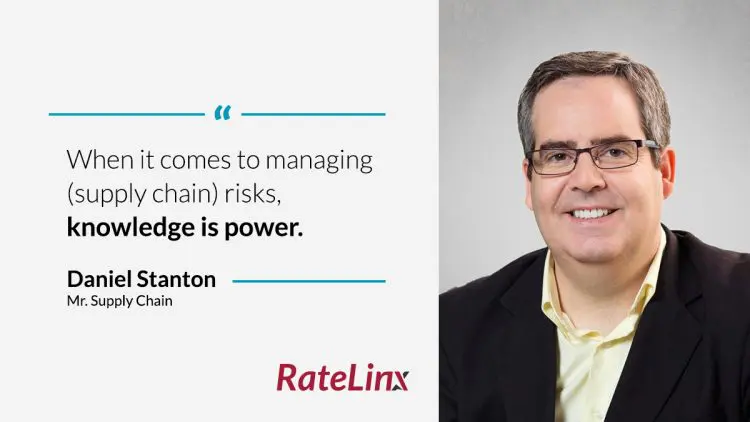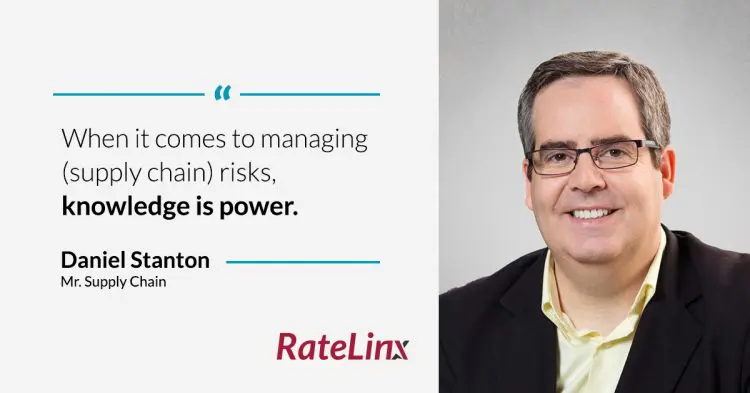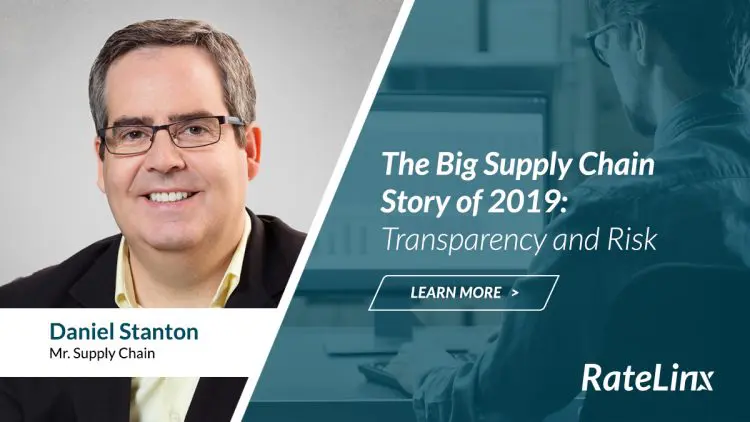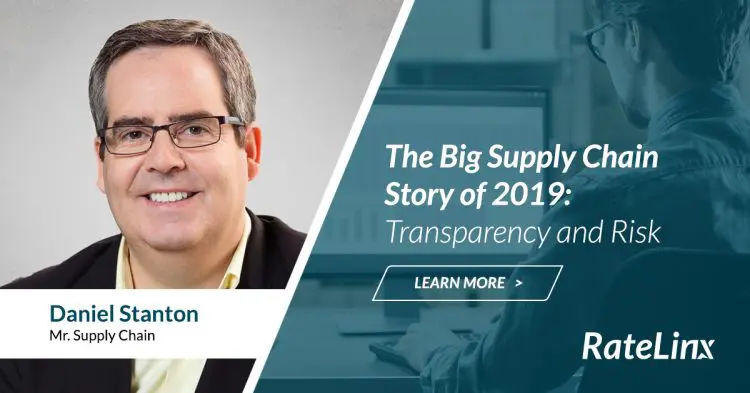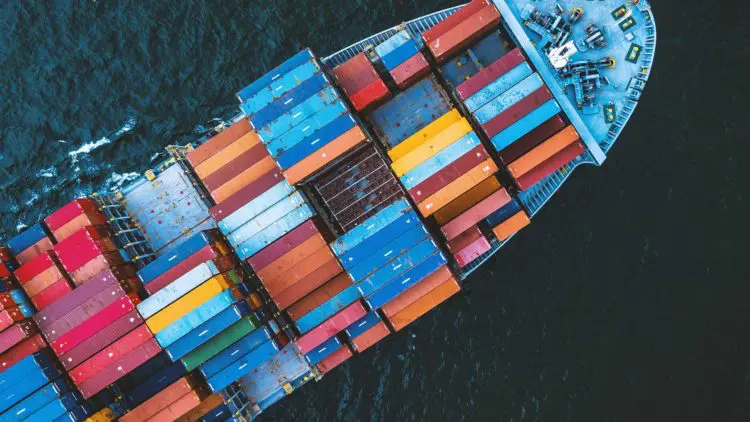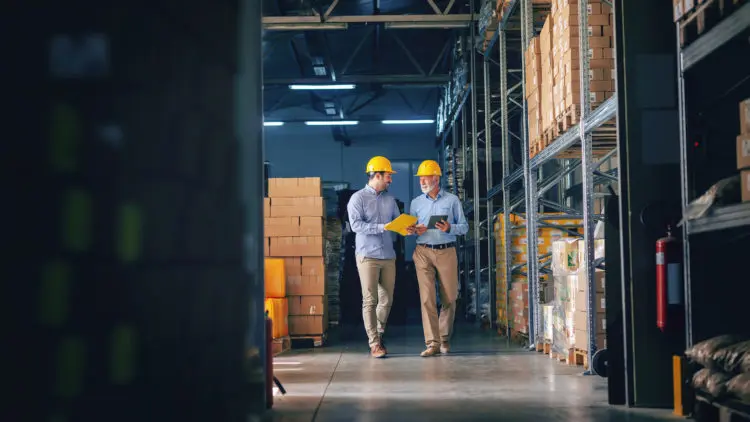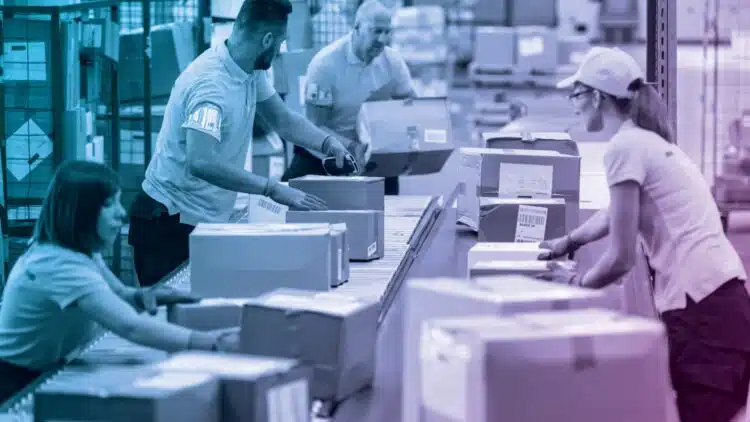Were you prepared for the biggest sources of uncertainty in your supply chain in 2019?
These days, every company manages a supply chain. That means we’re responsible for three things flowing through our business – one is money, the second is material, and the third is information. Those three flows are all dependent on one another, so they need to be synchronized.
You could say that supply chain professionals keep the three flows moving smoothly and efficiently. That’s how we deliver value to our customers while making a profit for our shareholders. While that sounds simple, maintaining those flows can actually be really hard. Because supply chain disruptions get in the way.
We’ve dealt with a lot of serious disruptions this year. From fires in California to floods in the midwest, to labor strikes in the Rust Belt. And we’ve also dealt with a lot of POTENTIAL disruptions. For example, since the beginning of the year we’ve been asking:
- Will the U.S. have a trade war with China?
- Will the U.K. negotiate a Brexit deal with the E.U.?
- Is the world going to sink into a recession that many economists think is overdue?
Risks like those have direct and indirect impacts on almost every company because our supply chains span continents and cross oceans. With so much risk around us, how are we supposed to make smart decisions about what to buy, how to ship it, and where to store it so we can keep our supply chains flowing smoothly?
Managing Supply Chain Risk
The good news is supply chain professionals can actually build a strategy to manage all of the risks we face. And when it comes to managing any risk, we only have four options:
- Accept the risk. We can simply recognize the risk is there, and be prepared to deal with the consequences.
- Avoid the risk. We can change the situation in some way that eliminates the risk.
- Transfer the risk. We can purchase insurance or write contracts so that someone else is responsible.
- Mitigate the risk. We can do something to reduce the probability of the risk occurring, or the impact it will have on the supply chain.
Want more resources like this?
Supply Chain Transparency
When it comes to managing supply chain risks, knowledge is power. The sooner you know about a risk, the more options you have to respond to it, and the less it will cost. So the more information you gather about what’s happening in your end-to-end supply chain, the better off you are.
One of the brightest spots in supply chain risk management this year has been a boom in technological tools that can increase supply chain transparency.
For example:
- Electronic Logging Devices (ELDs) and freight tracking devices have turned shipments and semis into connected Internet of Things devices. These virtually eliminate the need for phone calls asking “where’s my truck?”
- New data aggregation services have improved access to historical and real-time data, from carrier pricing to weather patterns, and much, much more.
- Analytical tools, powered by artificial intelligence, are making it easier to see patterns in large data sets and adapt quickly to changes.
Supply chain transparency can translate into huge benefits for a business. We know, for instance, that much of the inventory in supply chains is actually a buffer against uncertainty such as unexpected spikes in demand, or gaps in supply. So the insights we receive from greater transparency allow us to safely eliminate inventory, and make our supply chains leaner. That means we can deliver a return on investment by using technology to maintain the same level of service to our customers while reducing our costs for carrying inventory.
“Every company needs to optimize its supply chain flows.”
Transparency Enables Supply Chain Automation
That transparency also enables automation. Supply chain automation isn’t just about autonomous trucks on the highway and robots in the warehouse. Because when you combine the rapidly expanding body of data with robust processing capabilities, you suddenly have the ingredients to automate many of the decisions that occur in a supply chain. And in many cases, this cuts costs, increases efficiency, and reduces the potential for human errors.
For example, think about what happens when a truck breaks down on the highway, on its way to pick up your load. In a legacy supply chain, that causes a crisis with expeditors calling around trying to make a deal to get a new truck assigned at virtually any cost. But in an automated supply chain, that same load can get immediately re-tendered to an electronic load board, and a new carrier can automatically accept the load for a market-based price.
What used to be a crisis, is now just another transaction. The difference between the manual process and the automated process is huge, both in terms of efficiency and in terms of stress.
Lessons Learned from 2019
Every company needs to optimize its supply chain flows. That involves thinking globally about the risks to our business and looking strategically at our adoption of technology.
Our customers, suppliers, and competitors have connections all around the world. So they’re counting on us to be prepared for the ways in which weather, civil unrest, fashion trends, political disputes, and other risks can disrupt supply and demand.
We also need to learn enough about new technology capabilities to understand where they fit into the business, and how they can improve our processes. A good way to learn about these technologies is by working with partners and vendors who focus on collaboration and explore solutions that allow us to weave processes together to provide an integrated, end-to-end flow through our business.
